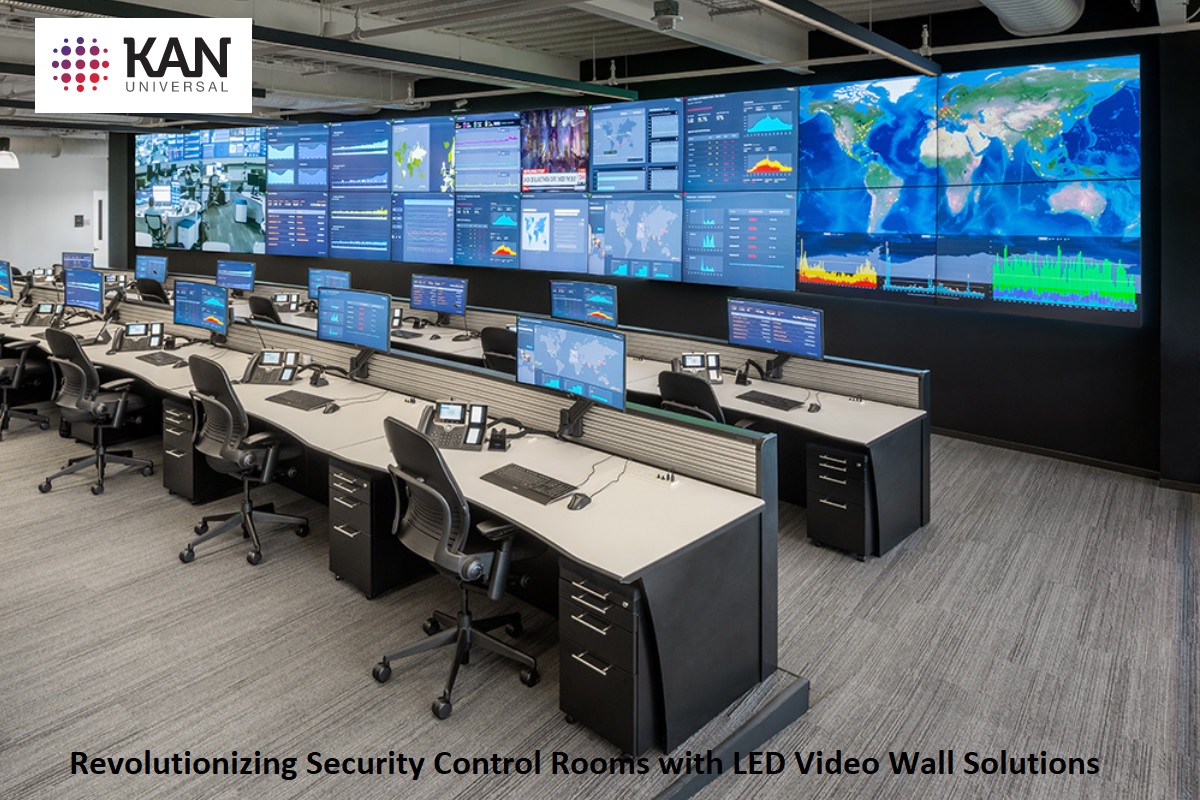In the realm of visual communication, LED display screens have revolutionized the way we perceive information and engage with our surroundings. From massive outdoor billboards to indoor digital signage, LED displays have become an integral part of modern advertising, entertainment, and information dissemination. This article explores the evolution of LED display screens, highlighting their technological advancements, versatility, and the bright future they hold.
The Emergence of LED Displays:
LED (Light-Emitting Diode) technology originated in the 1960s, but it wasn't until the 1990s that LED display screens began to make their mark. Initially, LED displays were limited in terms of resolution and color reproduction. However, they quickly gained popularity due to their energy efficiency, long lifespan, and ability to deliver vibrant visuals even in challenging lighting conditions.
Advancements in LED Technology:
As technology progressed, LED display screens underwent significant improvements. The introduction of SMD (Surface-Mounted Device) LEDs enabled higher resolution and better color accuracy, making them suitable for a wide range of applications. Miniaturization of LEDs allowed for higher pixel densities, resulting in sharper images and more immersive viewing experiences.
Versatility and Adaptability:
One of the key strengths of LED display screens is their adaptability to various environments. They can be customized to fit different shapes and sizes, making them ideal for both indoor and outdoor applications. LED displays can be curved, flexible, or modular, allowing for seamless integration into architectural designs or unconventional installations. This versatility has opened up new possibilities in advertising, entertainment, retail, sports arenas, and even art installations.
Enhanced Visual Experiences:
LED display screens have transformed the way we consume visual content. With their ability to reproduce vivid colors, high contrast ratios, and deep blacks, LED displays provide an immersive visual experience that captivates viewers. From high-resolution screens showcasing breathtaking images to dynamic video walls that engage audiences, LED technology has elevated the impact of visual storytelling.
Energy Efficiency and Sustainability:
LED display screens are renowned for their energy efficiency. Compared to traditional display technologies, LEDs consume significantly less power, reducing energy costs and environmental impact. Additionally, LED screens have a longer lifespan, resulting in less frequent replacements and reduced electronic waste. These sustainability features make LED displays an environmentally friendly choice for businesses and organizations.
The Future of LED Displays:
Looking ahead, the future of LED display screens is exceptionally promising. Ongoing research and development are focused on enhancing resolution, increasing flexibility, and improving transparency. Advancements in Micro-LED technology hold the potential for even higher pixel densities and superior color accuracy. Furthermore, the integration of AI and smart technologies will enable LED displays to adapt to changing environments, provide interactive experiences, and create personalized content for viewers.
LED display screens have come a long way since their inception, transforming the visual landscape and redefining how we engage with digital content. With their versatility, enhanced visual experiences, and sustainability benefits, LED displays have become an indispensable tool across various industries. As technology continues to advance, we can anticipate even more awe-inspiring innovations and applications for LED display screens, paving the way for a brighter and more captivating future.
For More Info:-






Comments